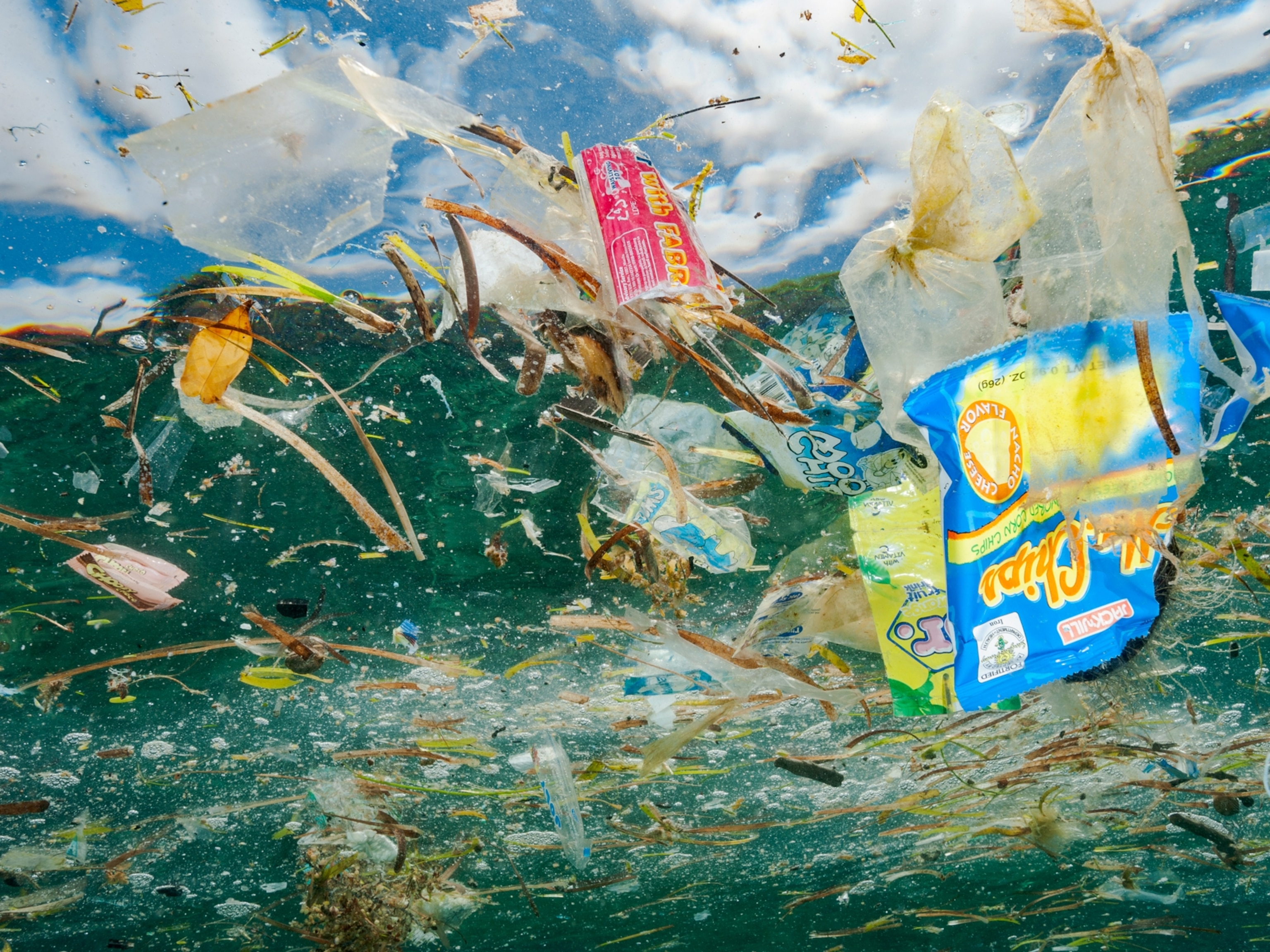
This state is poised to become the first to ban foam food packaging
Maryland's three-year effort built on public opinion that reached a "tipping point."
Maryland is expected to become the first U.S. state to ban foam food packaging, takeout containers and cups—and the latest in a growing worldwide effort to ban various disposable single-use plastic products.
The new proposed law passed both of the state’s legislative chambers this week with enough votes to override a potential veto signed by Gov. Larry Hogan, who has not publicly signaled whether he supports the law or not. The law would become the latest in a growing effort worldwide to ban an assortment of disposable, single-use plastic products, due to their impacts on the environment. Hogan reportedly has six days to sign or veto the law.
Prior to the statewide ban effort, Maryland’s two most populous counties—Prince George’s and Montgomery, which both border Washington, D.C.—had already banned foam packaging.
Del. Brooke Lierman (D-Baltimore), who sponsored similar legislation last year and in 2017, says changing public opinion helped her third attempt succeed (it was approved 100-37 in the House of Delegates).
“I think we’ve reached a tipping point,” she says. “People are seeing how ubiquitous single-use plastics are, that they are not recyclable and never going away. People are beginning to understand the importance of living more sustainably.”
The new law would ban foam food packaging for products packaged in-state, including restaurants, cafes, food trucks, and grocery stores. The final version of the bill includes exceptions, such as meat. The ban would go into force on July 1, 2020 and would carry fines of $250.
The legislation was opposed by the Maryland Retailers Association, which warned that outlawing foam packaging could hurt small businesses by saddling them with higher costs. Foam packaging remains popular among restaurants and the food industry because it is lightweight, inexpensive, and keeps hot food and beverages hot.
Foam food containers have been banned in cities or counties in 11 states, including Seattle, Portland, Ore., Washington D.C., San Francisco, and numerous other cities in California. A ban in New York City took effect at the beginning of this year after a lengthy legal battle ended last summer.
Baltimore's famous Mr. Trash Wheel, a floating device that picks up waste from the harbor, is reported to collect an average of 14,000 Styrofoam containers a month, which is said to be second only to cigarettes.
The National Geographic Society and Sky Ocean Ventures have launched the Ocean Plastic Innovation Challenge, which asks problem solvers around the globe to develop novel solutions to tackle the world’s plastic waste crisis. Have an idea? Submit your solution by June 11 at oceanplastic-challenge.org.





